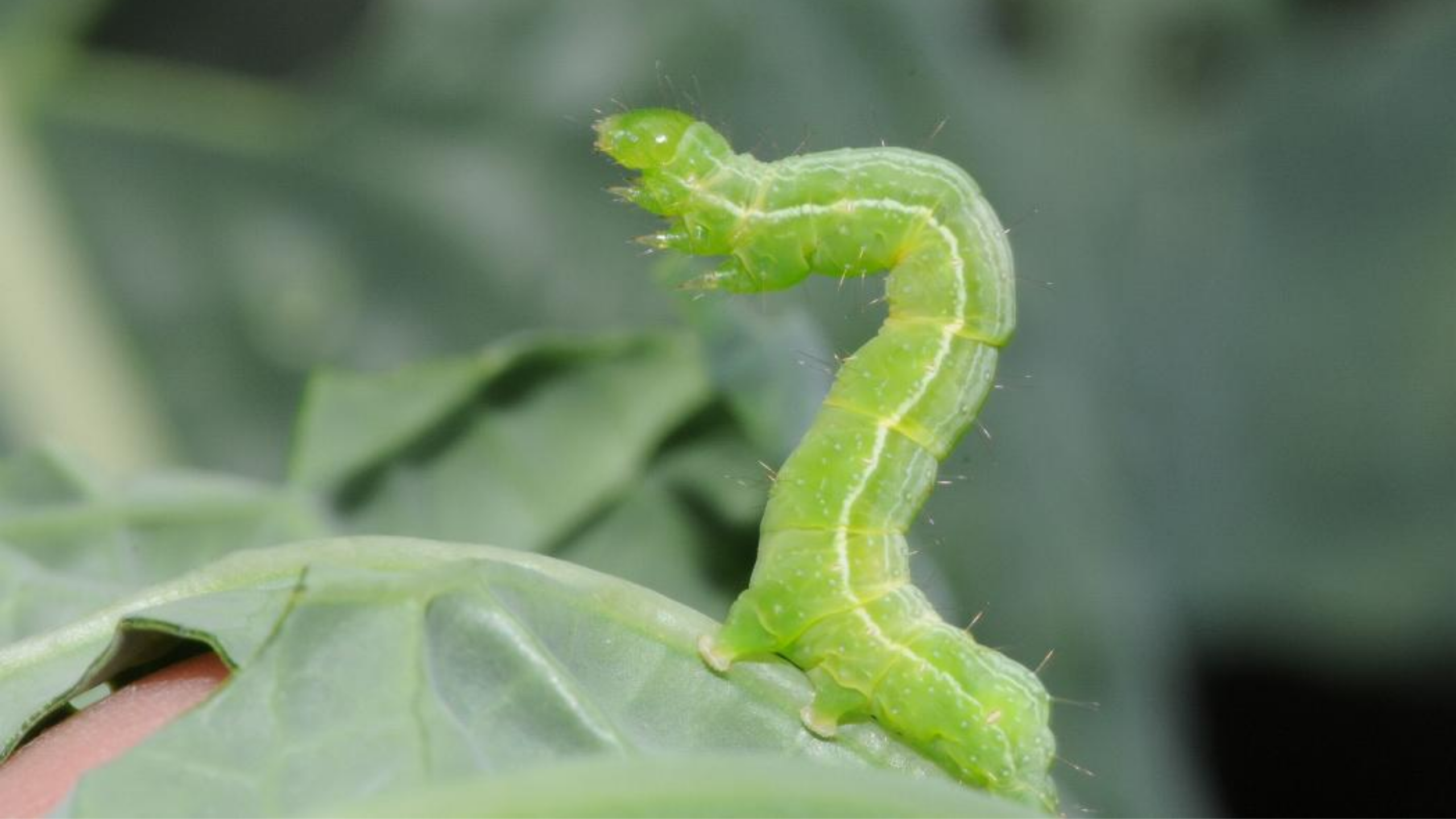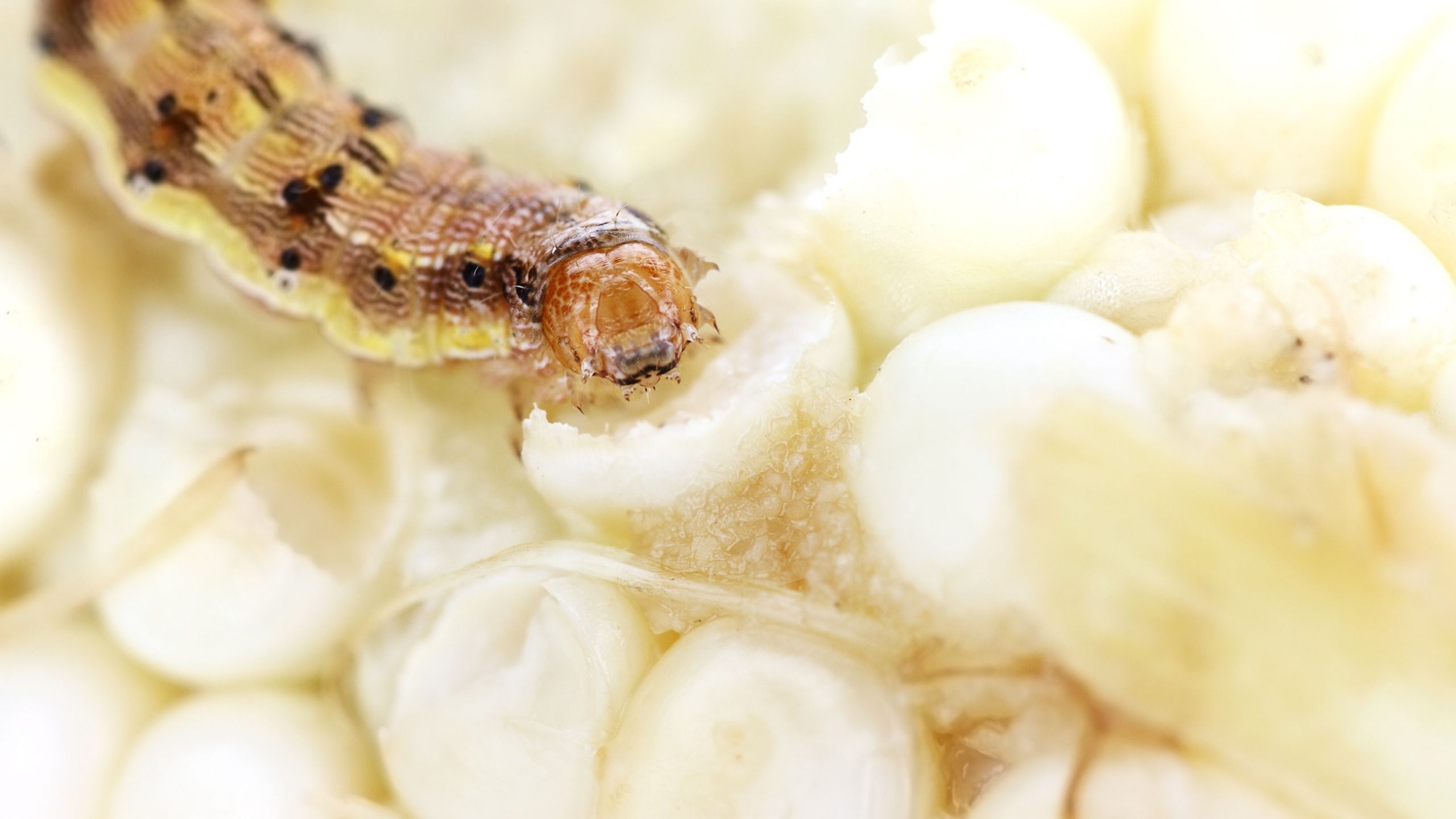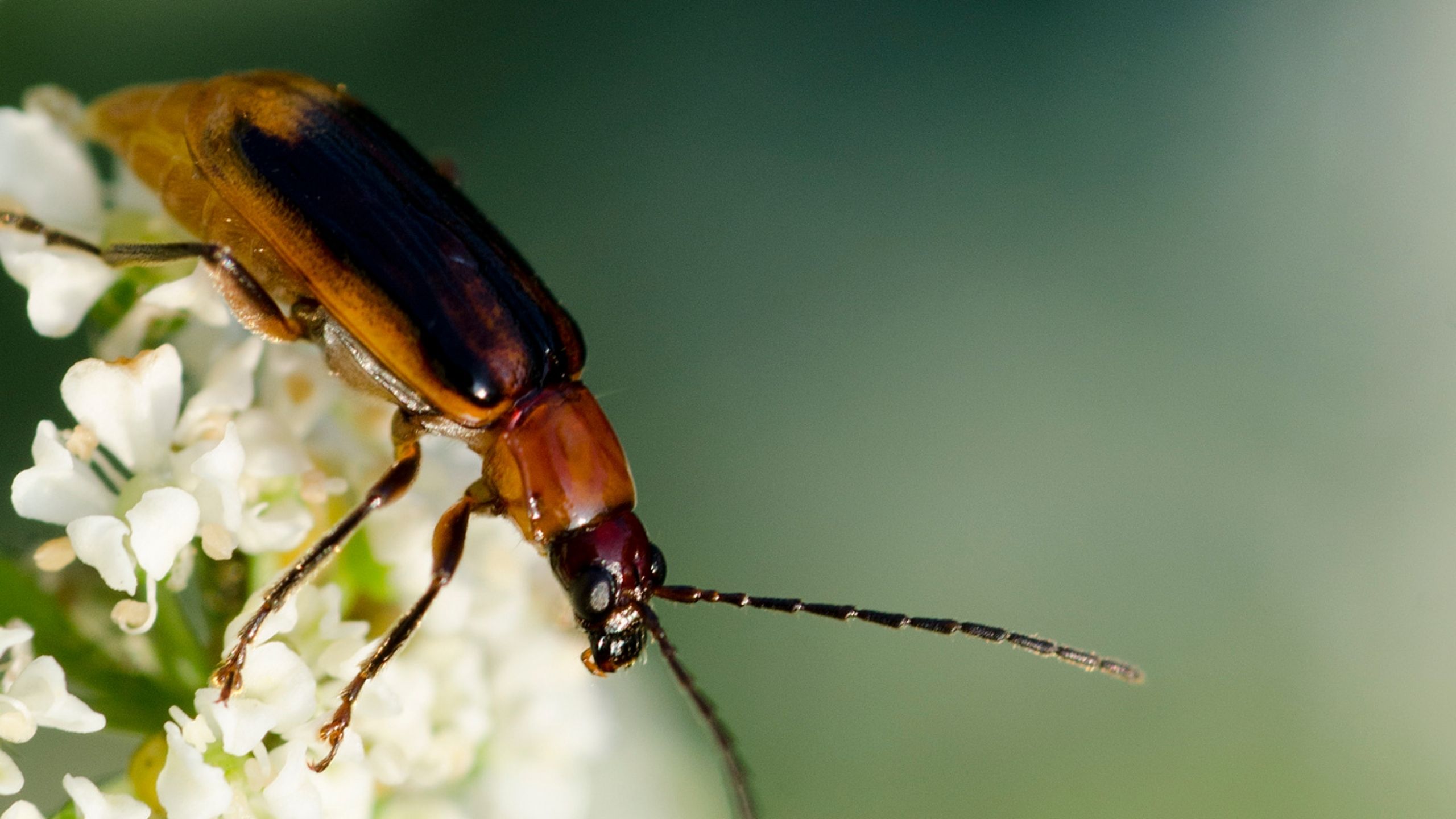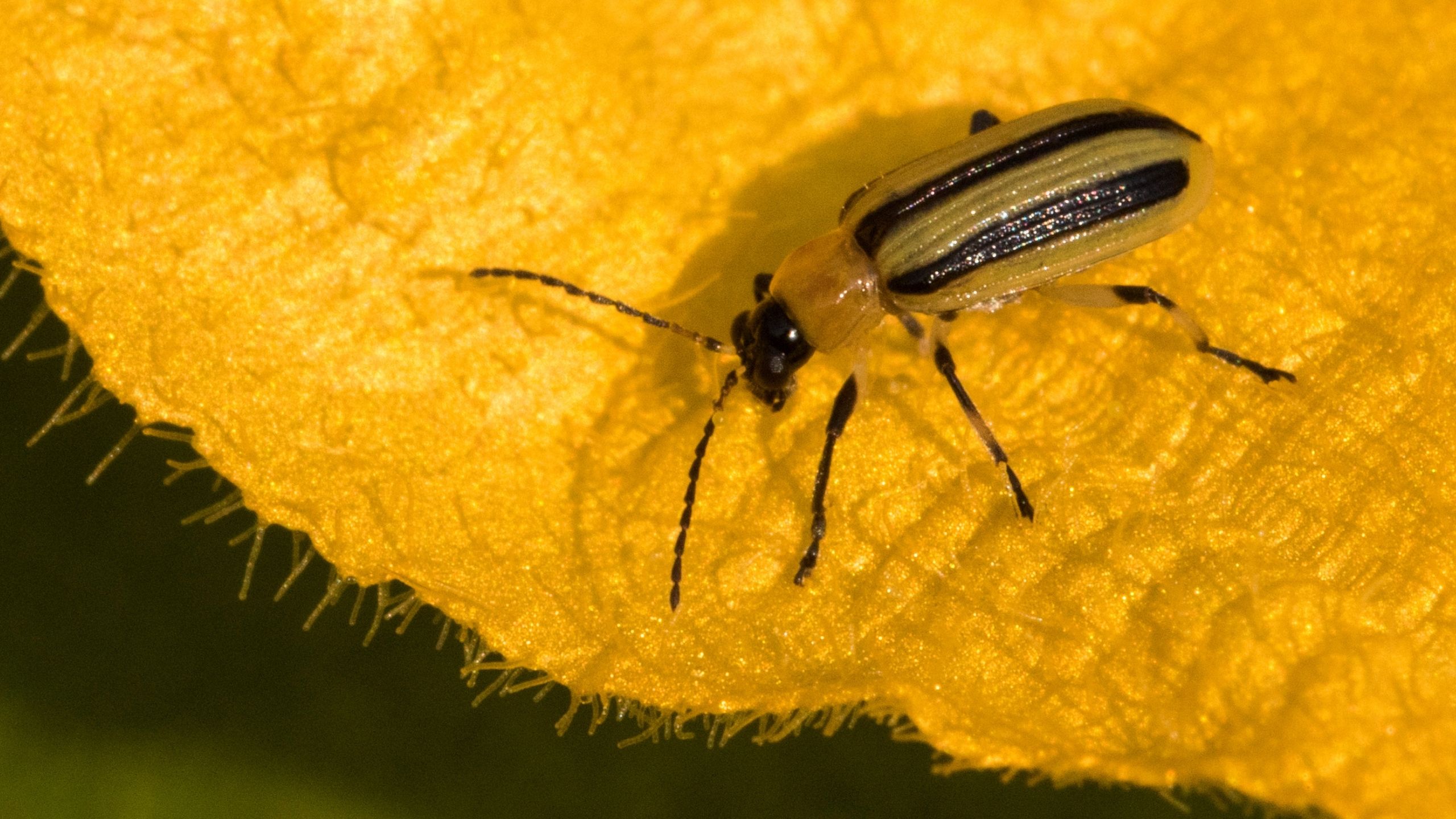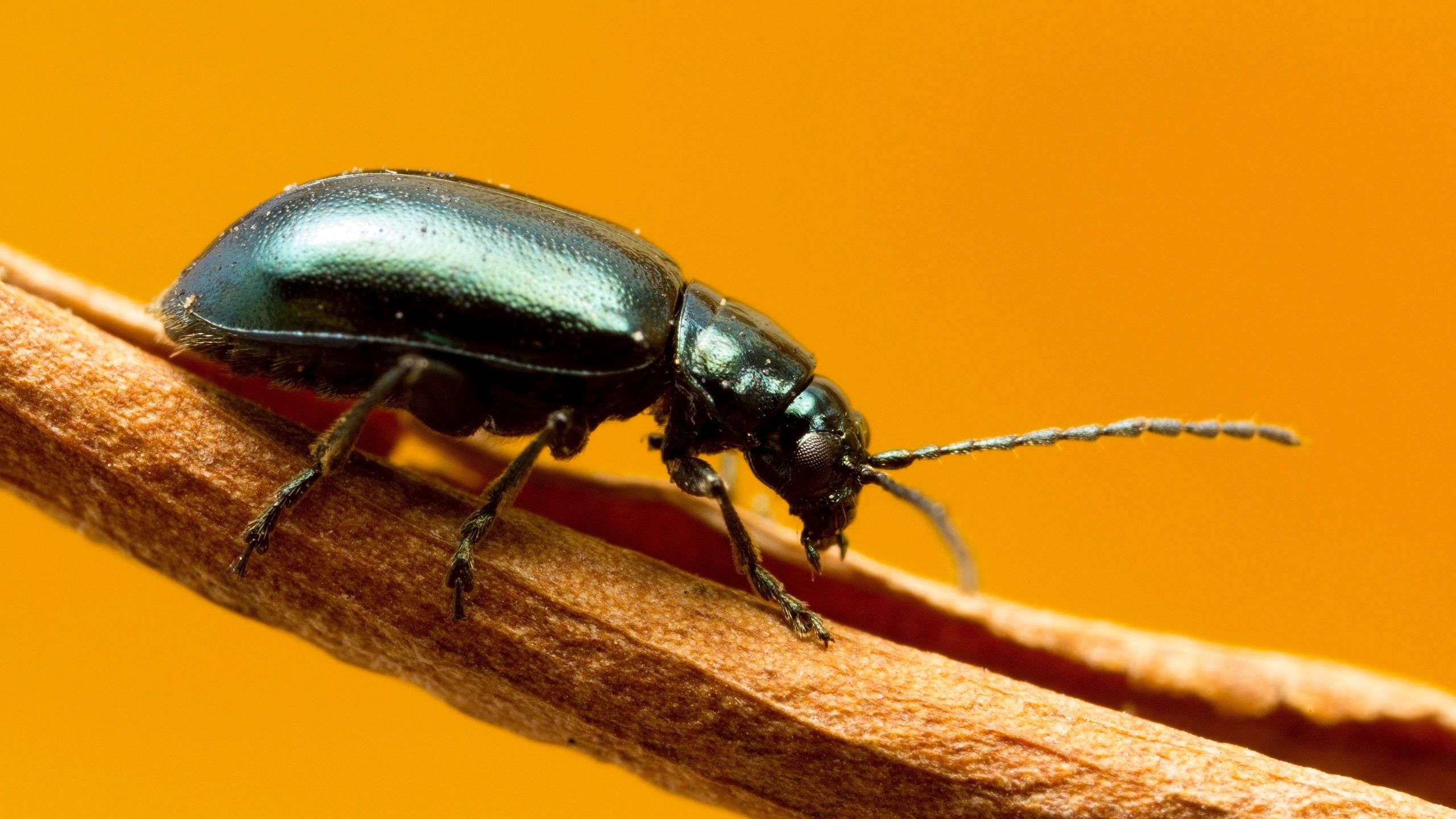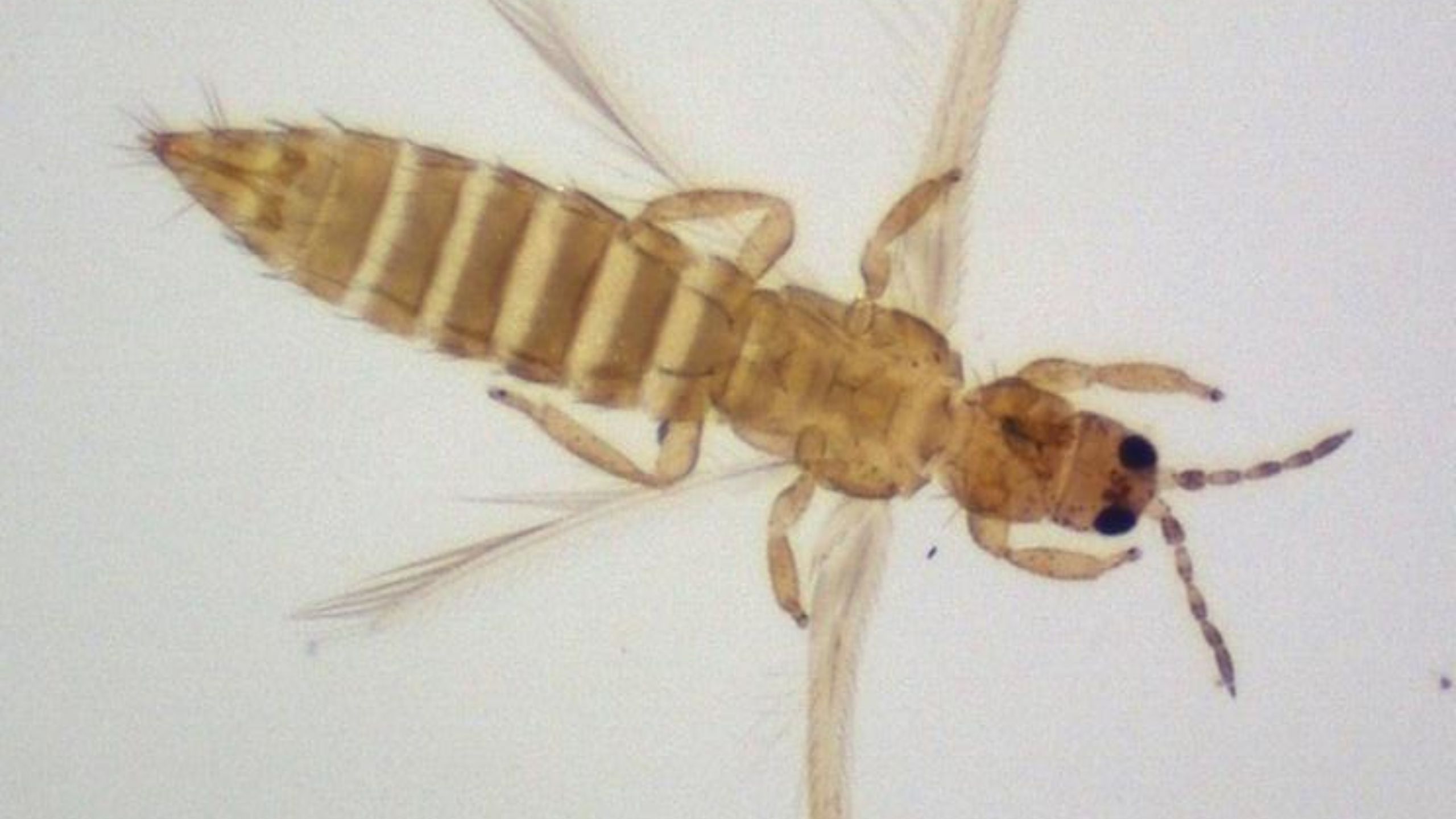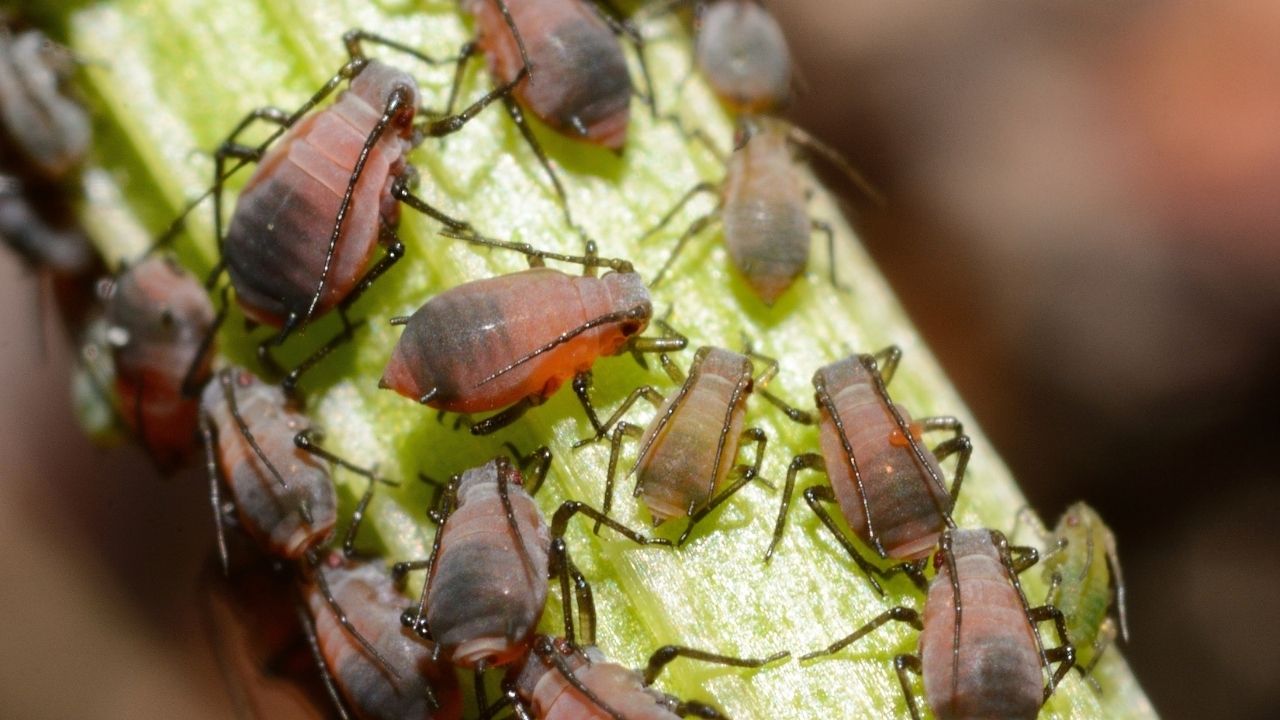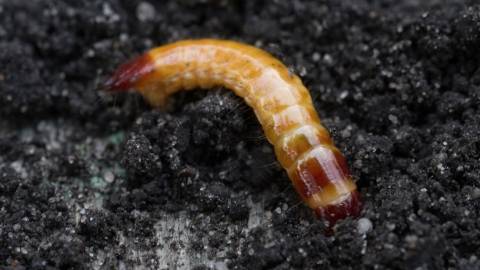Asparagus Beetle and Spotted Asparagus Beetle
September 2007
Erin W. Hodgson, Extension Entomologist (No longer at USU) • Dan Drost, Extension Vegetable Specialist
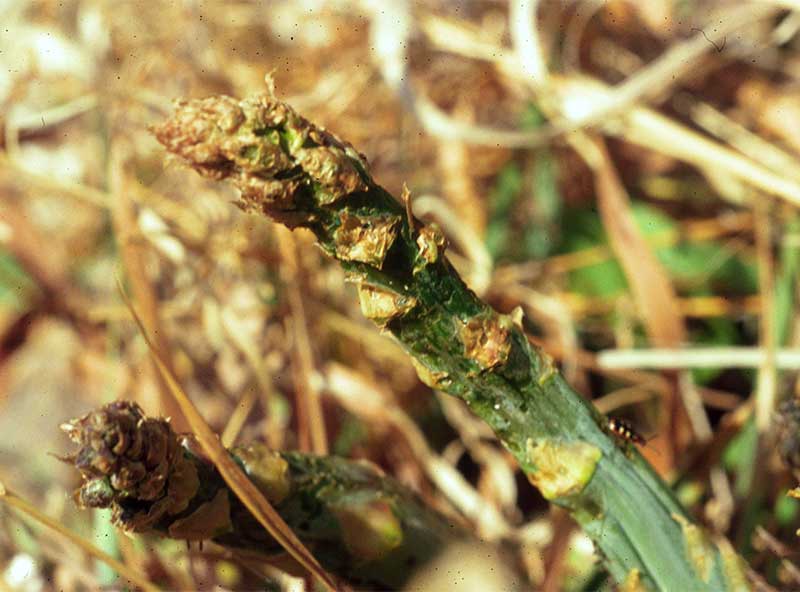
Fig. 1. Asparagus beetle feeding damage. Image courtesy of Whitney Cranshaw, Colorado State University Extension (www.ipmimages.org).
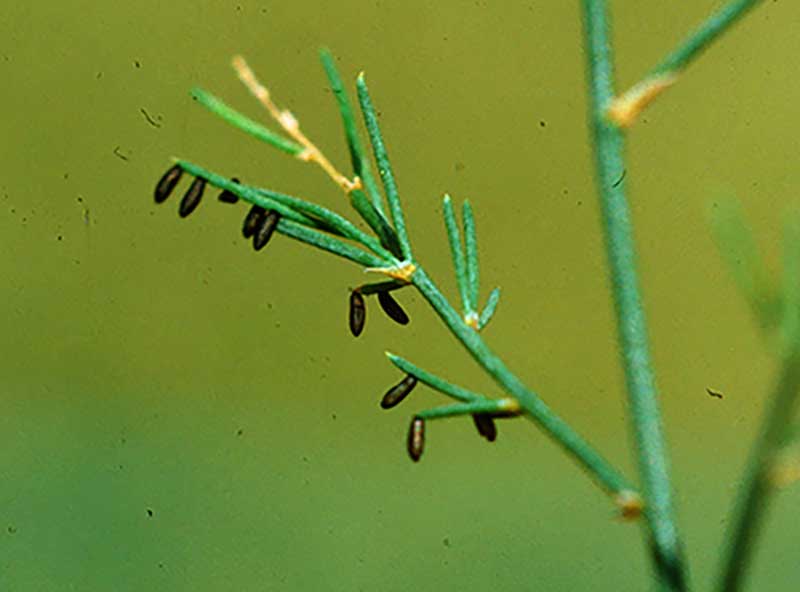 Fig. 2. Asparagus beetle eggs on ferns. Image courtesy of Debbie Roos, North Carolina Cooperative Extension (http://chatham.ces.ncsu.edu/growingsmallfarms/).
Fig. 2. Asparagus beetle eggs on ferns. Image courtesy of Debbie Roos, North Carolina Cooperative Extension (http://chatham.ces.ncsu.edu/growingsmallfarms/). Fig. 3. Asparagus beetle larvae feeding. Image courtesy of Clemson University, USDA Cooperative Extension Slide Series (www.ipmimages.org).
Fig. 3. Asparagus beetle larvae feeding. Image courtesy of Clemson University, USDA Cooperative Extension Slide Series (www.ipmimages.org).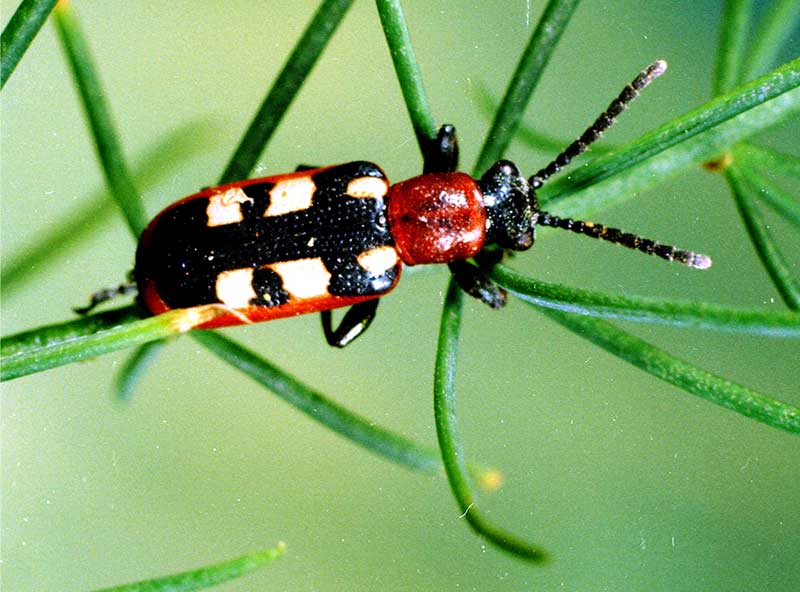
Fig. 4. Asparagus beetle
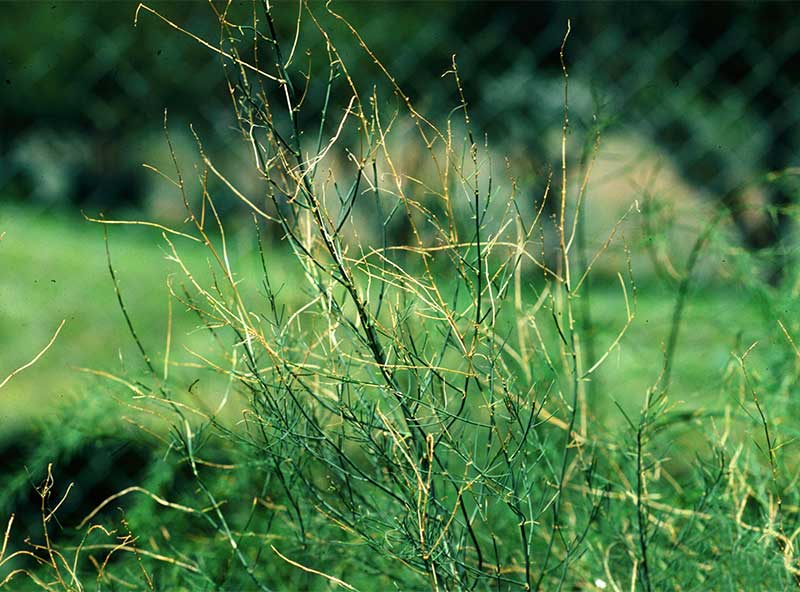
Fig. 5. Damaged asparagus from beetle feeding
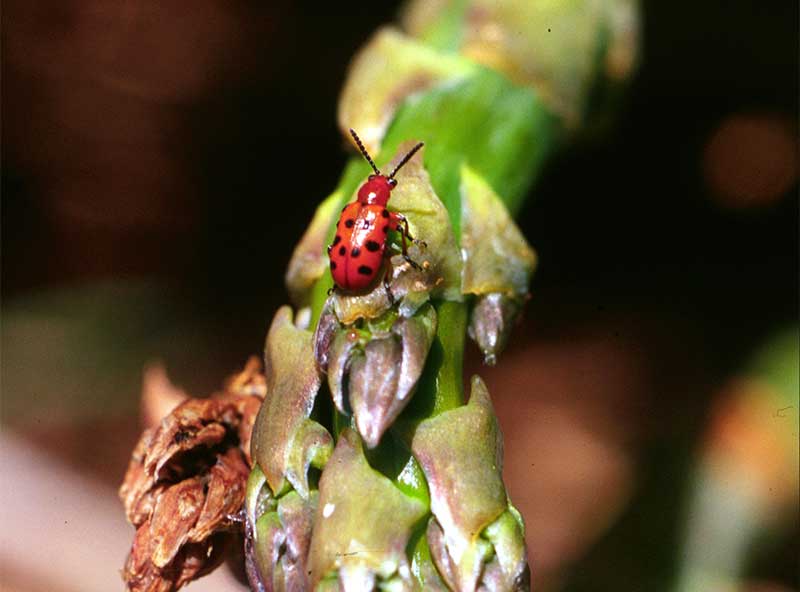 Fig. 6. Spotted asparagus beetle feeding on new asparagus spears.
Fig. 6. Spotted asparagus beetle feeding on new asparagus spears.
Fig. 7. Spotted asparagus beetle.
Quick Facts
- Asparagus beetle and spotted asparagus beetle are found wherever asparagus is grown in North America.
- Adult and larval feeding can reduce photosynthetic capacity by feeding on young spears and ferns, and negatively affect crop yield.
- Removing weeds and plant debris around asparagus will minimize overwintering and refuge during harvest.
Asparagus beetle, Crioceris asparagi, and spotted asparagus beetle, C. duodecimpunctata are leaf beetles in the family Chrysomelidae. These beetles feed exclusively on asparagus and are native to Europe. Asparagus beetle is the more economically injurious of the two species. Since the early 1900’s, they can be found wherever asparagus is grown in the United States and Canada. Although the asparagus beetle dominates in other asparagus-growing regions such as California, both species are equally abundant in Utah.
Description
Asparagus beetle eggs are brown, oval and 1 mm long, and are individually cemented on asparagus plants. Larvae are plump and brown with a dark head capsule and chewing mouthparts (Fig. 3). Larvae have three pair of legs on the thorax (region behind the head) and fleshy prolegs near their hind end for grasping plants while feeding. Fully grown larvae reach up to 8 mm in length. The pupae resemble the adults except for the poorly developed wings and yellow color. The adults are brightly colored leaf beetles, reaching approximately 5-6 mm in length (Fig. 4). The head, antennae, and legs are bluish black in color. The forewings can be variable in color, but in general, each wing is bluish black with three white spots and orange wing margins. Adults are reluctant to fly away when disturbed, but will drop from plants and “play dead” to avoid predation.
Spotted asparagus beetle eggs are brown or olive green, oval and 1 mm long. The eggs are individually cemented on asparagus plants. Larvae are plump, and pale yellow or orange in color with chewing mouthparts. Larvae have three pair of legs on the thorax and anal prolegs for grasping onto plants while feeding. Fully grown larvae reach up to 8.5 mm in length. The pupa resembles the adult except for the poorly developed wings and yellow color. The adults are brightly colored leaf beetles, reaching approximately 6-8 mm in length (Fig. 7). The spotted asparagus beetle adult is mostly orange, but has black spots on the forewings and black legs, eyes, antennae and “knee caps” (Fig. 7). Adults will quickly fly away when disturbed and stridulate (make a clicking sounds) loudly if captured.
Life History
Asparagus beetle: There are 2-3 generations of asparagus beetle per year in Utah, but the third generation may be small in colder parts of the state. In Utah, the asparagus beetle causes more spear damage compared to the spotted asparagus beetle. Asparagus beetles overwinter as adults in hollow asparagus stems, under weeds or other plant debris, or under loose tree bark. Temperatures determine beetle emergence every year; adults begin feeding on spears as soon as they break through the soil surface in early spring. Adults mate and females lay eggs on asparagus spear tips or ferns. Eggs are glued on their ends (Fig. 2) and hatch about 7- 10 days later. Larvae immediately begin feeding on spears and may contaminate them with their dark frass (excrement). Larvae develop through four instars in about 7-10 days before burrowing into the soil to pupate. Adults emerge from the soil in about 5 days to begin the next generation.
Spotted asparagus beetle: There are 2 generations of spotted asparagus beetle per year in Utah. Spotted asparagus beetles overwinter as adults in hollow asparagus stems and other sheltered areas. Depending on spring temperatures, adults begin feeding on spears when they break through the soil surface (Fig. 6). Adults mate and females lay eggs on spears. Spotted asparagus beetle eggs can be distinguished from asparagus beetle eggs because they are cemented on their side rather than on their end. In about 7-10 days eggs hatch into larvae. Larval populations build up in late June after the ferns are established, and prefer to feed on asparagus berries when available. Larvae go through four instars in 21-30 days before pupating within the berry. Adults emerge from berries in 12-16 days to begin the next generation. Sometimes females will delay oviposition until flowers are fertilized or berries are present.
Damage
Both the adults and larvae of asparagus beetle and spotted asparagus beetle can damage plants. Adults can consume leaves, and scar spears and stems (Fig. 5). The most serious damage caused by either species is during the spring, when adults are feeding on new spears (Fig. 1). These beetles can occasionally damage plants during the summer, but rarely stunt growth or reduce yield. The spotted asparagus beetle prefers to eat asparagus berries and rarely causes damage to leaves and spears. Generally, larval berry feeding is not economically important unless growing asparagus for seed.
Although not directly damaging to the plant, females cement eggs onto spears or ferns (Fig. 2). Eggs on asparagus is usually an aesthetic problem because eggs cannot be washed away or easily removed.
Management
Adult three-lined potato beetles are ¼ inch (7-8 mm) long and have an orange head and prothorax (segment behind head) with two black spots (Fig.1). Their femurs are orange, while the lower legs are darker. Three distinctive black stripes run lengthwise along their mustard-yellow wing coverings. Larvae are dark, greyish, and “slug-like.” They have three pairs of legs, along with a rounded black head (Fig. 2). They cover themselves with their excrement as a probable defense to being eaten. Eggs are orange, ovular and laid in clusters on foliage (Fig. 3).
Damage
Adults feed individually, while larvae tend to destroy host plants in groups. Both stages are phytophagous, meaning they create holes within leaves or cause complete defoliation (Fig. 5). This may reduce plant vigor, photosynthesis, and yield in tomatillos. Like other leaf beetles, the three-lined potato beetle evolved a physiological pathway to avoid/tolerate the lethal tropane alkaloids found in various nightshade plants.
Life Cycle
Depending on climate and region, three-lined potato beetles may overwinter in the adult stage or pupae stage in the soil. They become active again during May through August. Once emerged, they lay their eggs on the host crop’s foliage. Larvae hatch in late June or July. Larvae eventually pupate in mid to late summer, reaching the adult stage. Depending on the location and temperatures, the beetle can complete up to two generations per year, but more likely just one generation in Utah.
Management
Biological Control
In Utah, there are several natural enemies that target asparagus beetle and spotted asparagus beetle larvae. Predatory beetles and parasitoid wasps will help keep populations to tolerable levels in most situations.
Cultural Control
Removing volunteer asparagus will prevent population spread over time. Minimizing weeds or other debris near asparagus will make sheltered areas less favorable for overwintering adults.
Chemical Control
For asparagus with persistent beetle damage, insecticides can be used control adults and larvae. Consider reduced risk insecticides first because they have a short residual and are not broad spectrum, including neem oil, kaolin clay (Surround®), diatomaceous earth, pyrethrins (Concern®), and spinosad (Entrust®, Success®). Conventional insecticidal dusts include carbaryl and permethrin.
Related Research




